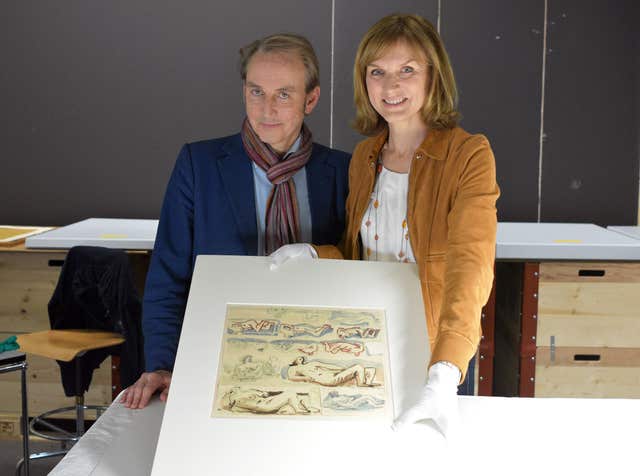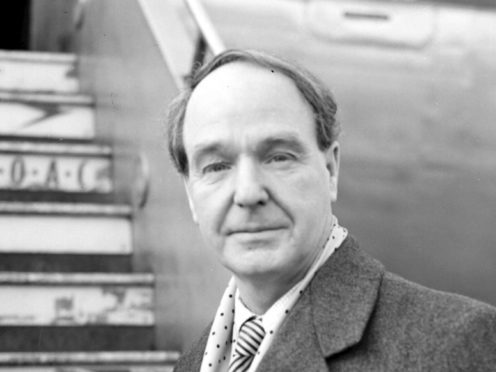An authentic watercolour sketch by the British 20th-century sculptor Henry Moore has been identified among a Nazi art hoard housed in the Museum of Fine Art in Bern in Switzerland.
The discovery was made following an investigation on an episode of BBC One programme Fake Or Fortune?
Moore’s sketch was among 1,500 works discovered in Germany in 2012 that had belonged to art dealer Hildebrand Gurlitt.

Gurlitt bought the piece after it was confiscated from a German museum in the 1930s for being what Adolf Hitler classified as “degenerate art”.
As Hitler sought to consolidate power in Germany he set out to purge the country of any modern progressive art.
During the art programme a document was found that proved the museum from which Moore’s sketch was taken had received it from Moore himself, proving that the piece was not looted.
The sketch has been estimated to be worth up to £70,000 due to its rich and emotive history. It will be now be displayed in the museum in Bern.
One of the presenters of Fake Or Fortune? and art expert Philip Mould said: “This fascinating early work from the late 1920s marks a moment when Moore broke onto the international stage.
“He was later to become world famous. Not only do we now know it is totally genuine, but it has been cleansed of the evil prospect that it was looted Nazi art which will allow Bern to once again display it to the public.”
Moore is best known for producing semi abstract bronze sculptures.
His pieces are displayed publicly around the world including London’s Kew Gardens and outside the Hebrew University of Jerusalem.
